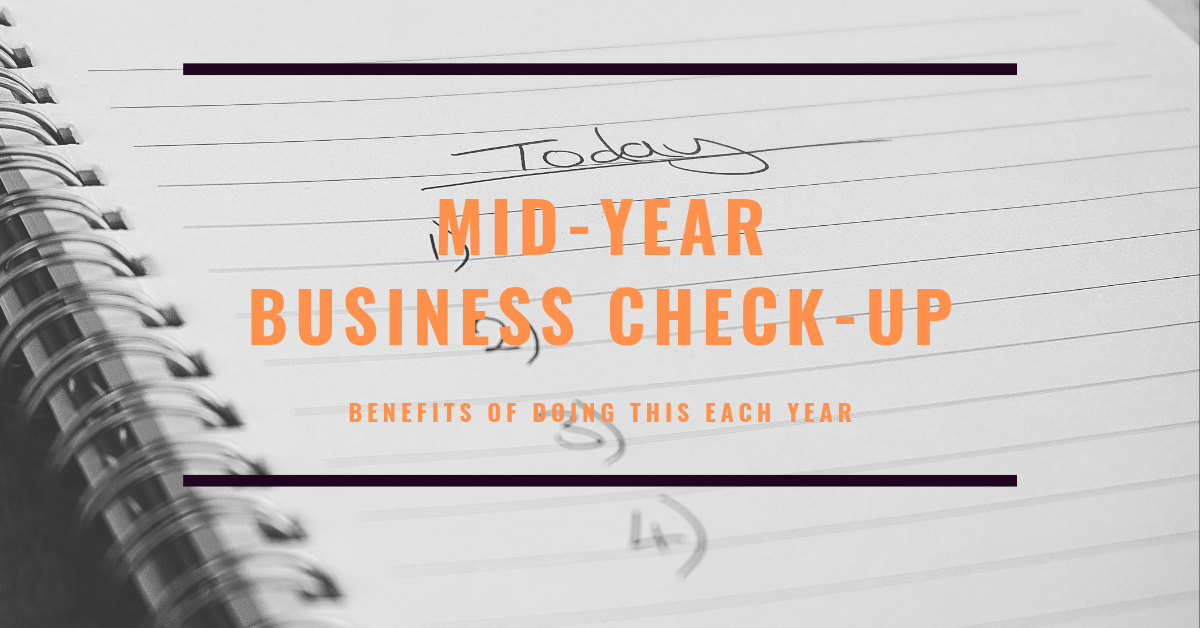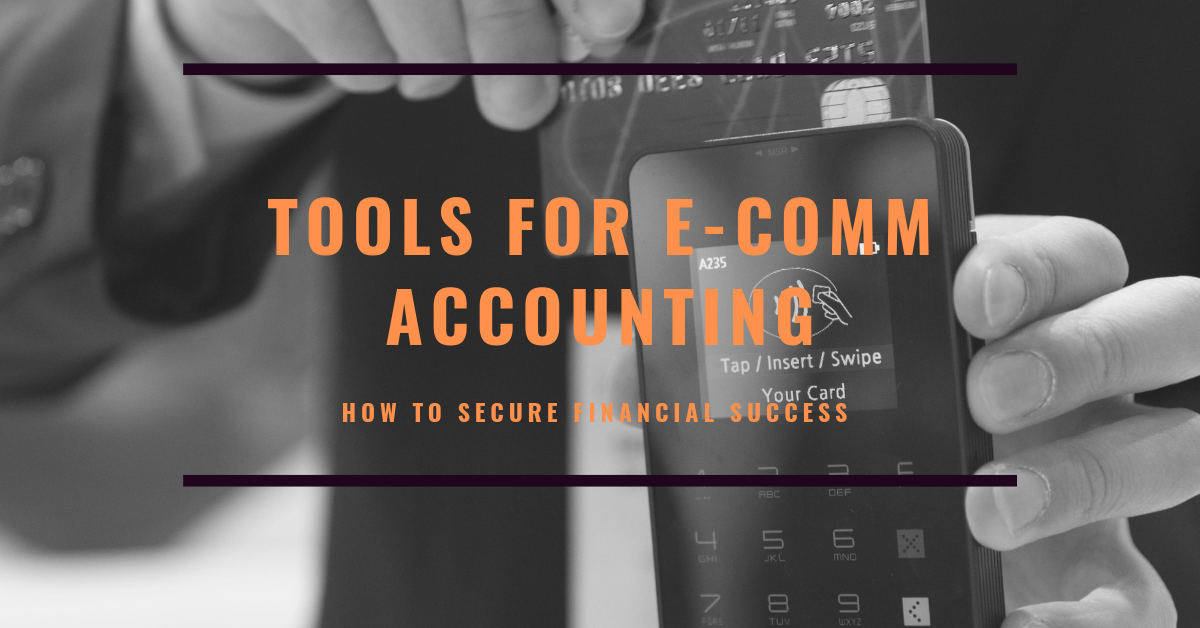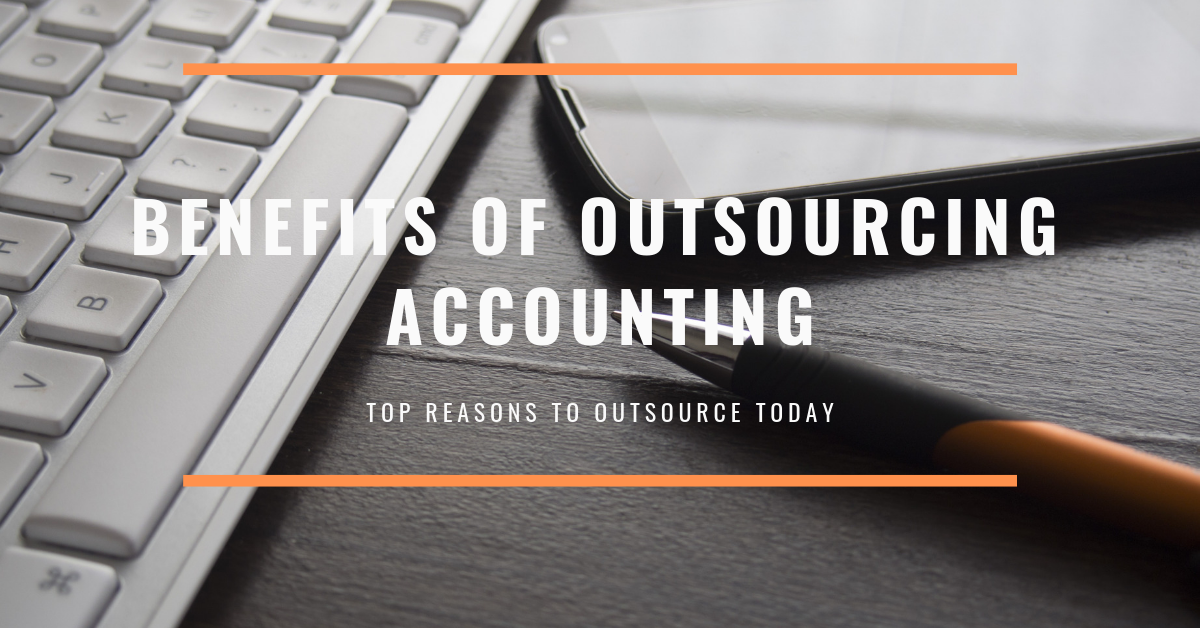|
Have a side hustle? How to handle taxes as a Freelancer in the Gig Economy
Freelancing, or in newly coined terms “Gig Economy” has taken the US by storm. In fact, the U.S. Bureau of Labor Statistics published a report stating that 16.5 million people now make up the gig economics and approximately 59% of U.S. companies are now using remote workers and freelancers. Some predictions indicate that by 2020, over 40% of American workers would become independent contractors. It’s not surprising why the gig economy or freelancing has become such a trend. With flexible work schedules, variety in projects, demand for skilled contractors, and more mobility with technology, freelancing is taking over the workforce. With such a major shift in the ways in which Americans earn their income, much has been asked about how to manage reporting, filing, and preparing for taxes. As more people get away from employer issued W2’s and more responsibly for tracking expenses and revenue become the task of the Freelancer. The more a freelancer works and begins bumping up the income from their side hustle, the more important it is to understand how to handle their taxes. Freelancer Tax Basics: For any freelancer or side hustler who makes $400 or more in any given year, they are expected to cover their self-employment taxes of 15.3% on that earned income. This covers your Medicare and Social Security taxes. The IRS views you responsible for this because in that situation you are both the employee and the employer. If freelancing is a side hustle, and you receive pay stubs from an employer, they typically are covering those costs through your withholdings in the year. You can utilize a Schedule SE tax form to help calculate your self-employment tax, which then gets reported on your standard Form 1040. What should you save? Because the self-employment tax that gets assessed (15.3%) is in addition to your regular income tax rate, it’s advised to set aside at least 25% up to around 35-40% to be extra safe. It may seem like a lot considering it’s close to have of any earned income, but you need to cover both taxes throughout the year. In addition, since taxes from the freelance work are not being withheld throughout the year, you may need to estimate taxes for the upcoming year and pay the IRS quarterly (typically every three months). A general rule to follow:
If you make $2000 or less each year in freelance income, you can probably skip estimated tax payments and report your freelance income when you file your yearly tax return. Tracking your Income In most cases you will receive a 1099-MISC form from each client once you hit the $600 mark if earned income from that contract/gig. In some cases, you will not be given the 1099-MISC, rather you may receive a 1099-K instead. One kicker: clients are not mandated to send the 1099-K unless you earn more than $20,000 or more than 200 “payments” to you. It’s important to note that not ALL contracts will issue the 1099. Programs like UpWork for example, do not issue out 1099, rather you are issued a summary of earnings. At the end of the day, it is you sole responsibility to track income earned from contracts throughout the year. While this is general advice, it’s important to consult with a tax professional to ensure you are filing on the correct forms when it comes to tax time. What to keep records of It’s important to track the earned income you receive as you go, to ensure you capture all of the revenue you will be reporting out on taxes. In addition to revenue, tracking costs out of pocket, or in other terms “deductions” is important to help lower that taxable income. As a freelancer there are several deductions you can take. According to the IRS, you can claim deductions or expenses on things that are "ordinary and necessary" for the operation of your business. These often include:
*Key Tip: open a separate banking account for your freelance work to keep your personal transactions separate.
1 Comment
The Benefits of a Mid-Year Accounting Checkup
What is the worst thing you can do when it comes to taxes? If you said “not pay them”, you are correct. The second worst thing (ok we’ll try not to get super dramatic) would be to miss calculate them or lose out on filing correctly due to mis-steps along the way. That is why it’s a good idea to set up a mid-year accounting checkup. In this post we will cover just a few of the benefits of setting up your mid-year check up. Ensure bookkeeping is in order A mid-year check up can bring a lot of value to your business when looking to the future. But it also can really help look at your past and make sure your bookkeeping is in order. Doing this at the halfway point of the year will help you understand whether your bookkeeping records are in good order, or identify issues and make corrections. Many businesses are turning to platforms such as Quickbooks (to just name one great resource) for helping to stay on top of their bookkeeping. By implementing accounting software such as Quickbooks, managing bookkeeping can be less cumbersome. Regardless of the platform, checking in with an accountant or tax professional can help identify any possible bookkeeping errors- and help fix/course correct. This saves time later in figuring out where finances went wrong. To compare growth Comparing growth from one quarter to the next is another benefit of a mid year checkup. By using intern statements generated for the first 6 months to compare against last year will help you determine if you are growing in revenue. You can then check if profits are growing or if they are decreasing. If the profits are stagnant or decreasing, a check up will help figure out why and course correct the issues. A tax professional or accountant can help you look at possible categories or focal points and try to strategize with you ways to help increase the revenue or at least decrease the ways you may be bleeding profits. To assess financial performance Financial performance if a key metric to any business success and evaluating how well your business is doing at the mid way mark of a year is a wise idea. It’s a good move to conduct an actual vs budget analysis to help determine where you’re over or under in not only spending but in revenue. But we don’t stop there- it’s wise to then make some other projections to see if those issues can be course corrected or sustained through years end. Assessing performance is not just for a rear view look, it’s also a forecast for the future. To make tweaks Knowing the benefits of financial projections and possible issues with where your headed coming into the second part of the year, it may be wise to consult and find tweaks to your business strategy. The benefit of a mid-year evaluation is implementing the necessary adjustments and tweaks in real time. It may be the time to boost marketing efforts, advertising channels, increasing social media, hiring staff, or even refreshing inventory. All these tweaks can be better handled when you know not only where you have been but where you plan on going the rest of the year. Identify improvements Identifying improvements is a good idea for any business at any point in the year. At the halfway point of the year, if you can identify one process area to improve – from marketing practices to inventory storage costs to payroll efficiencies and more – you could really boost the strength of the remaining year. Even a consultation of a few hours with an expert can result in tremendous improvements to your business operations and bottom line. To Strategize Strategy is key to business success. Strategizing however doesn’t have to be a one time thing. Before tax time, meeting with your tax professional is ideal to discuss strategies that can benefit your business’s bottom line in this current year, in preparation for ensuring that you’re current on all plans for next year. For instance, your tax professional can advise you about the pros and cons of making a business purchase, and help to ensure that your income statements and other financials present a strong story when you’re ready to apply for financing for said purchase. All in all strategizing is a major gain in getting ahead. Choosing to plan a mid-year business check up is a wise choice for any size business. It can be a simple process, and with the right help, such as PKJ Consulting, it can really set your business up for a strong finish to the year. To learn more or get started with your own business check up, check us out HERE and see what we can do for you. Payment gateways and the tools for e-commerce accounting. Understanding how to start collecting money on your e-commerce platform.
With many businesses these days turning to online platforms such as Shopify, Squarsepace, Wix, Woo Commerce, Amazon, and beyond, it’s no question e-commerce accounting is a major question surrounding small business owners. Questions about what’s the best website to use, what’s the lowest rate on transactions, and where to use your e-commerce payment gateways are all great questions to ask. In this post we will review what payment gateways are, how they work, and ways to help you decide what system is right for you! How Payment Gateways work? First, payment gateways are in essence a way for you as a business owner to charge and collect payment for goods sold online. They are designed to make payment-processing effective, secure, and hassle-free. Once a customer places an order on an e-commerce website, they enter their credit card information and the data is sent between them and the merchants web server. The gateway sends that data to the payment processor used by the merchants acquiring bank. Then, the payment processes sends that over to the credit issuer (bank) and says “approved” or “denied.” That outcome either allows the transaction to proceed or stops it. When approved, the transaction is approved, payment is taken then moved over to the merchant and a sale is deemed “complete.” You can now see why a payment gateway is such a multi-step process. What payment gateways exist? PayPal, Stripe, Payline, 2Checkout are just a few of the most common names for payment gateway processing companies. Many of these gateways integrate with online platforms such as Shopify, Weebly, Squarespace, Wix, WooCommerce, and more. But how do you decide? It may come down to what you are needing the gateway to handle (total sales, integrations, and other features) and of course the cost of using such platforms. Here is a real condensed breakdown of the platforms and their differences when looking at transaction fees:
Considerations when choosing a payment gateway Before you make a decision on which payment gateway platform you want to go with, you should consider some key factors:
When choosing a payment gateway it’s a good idea to compare all the benefits and features, to ensure it meets all the requirements of your business. Implementing a platform Once you have identified what online commerce platform you want to use, you can then see what payment gateway integrations they support. If you are leaning towards PayPal, for instance, you’d want to check what e-commerce platforms support and integrate with PayPal. If the platform you use to manage your e-commerce store supports the integration, you may have just found your perfect match.Each payment gateway will need to be setup by you and the business before you can start collecting payment, however once setup you can begin using that payment gateway in the various store settings you run. Choosing a payment gateway can feel overwhelming because of the number of platforms out there, the varying fee structures, and the wonder of so and so website will integrate. It’s important to break it down to a numbers game when comparing and see what makes the most sense as you grow and scale your brand. The upside is that with so many options, competition will help drive user preferences and provide you with a wealth of options. Payment gateways and the tools for e-commerce accounting. Understanding how to start collecting money on your e-commerce platform. With many businesses these days turning to online platforms such as Shopify, Squarsepace, Wix, Woo Commerce, Amazon, and beyond, it’s no question e-commerce accounting is a major question surrounding small business owners. Questions about what’s the best website to use, what’s the lowest rate on transactions, and where to use your e-commerce payment gateways are all great questions to ask. In this post we will review what payment gateways are, how they work, and ways to help you decide what system is right for you! How Payment Gateways work? First, payment gateways are in essence a way for you as a business owner to charge and collect payment for goods sold online. They are designed to make payment-processing effective, secure, and hassle-free. Once a customer places an order on an e-commerce website, they enter their credit card information and the data is sent between them and the merchants web server. The gateway sends that data to the payment processor used by the merchants acquiring bank. Then, the payment processes sends that over to the credit issuer (bank) and says “approved” or “denied.” That outcome either allows the transaction to proceed or stops it. When approved, the transaction is approved, payment is taken then moved over to the merchant and a sale is deemed “complete.” You can now see why a payment gateway is such a multi-step process. What payment gateways exist? PayPal, Stripe, Payline, 2Checkout are just a few of the most common names for payment gateway processing companies. Many of these gateways integrate with online platforms such as Shopify, Weebly, Squarespace, Wix, WooCommerce, and more. But how do you decide? It may come down to what you are needing the gateway to handle (total sales, integrations, and other features) and of course the cost of using such platforms. Here is a real condensed breakdown of the platforms and their differences when looking at transaction fees:
Considerations when choosing a payment gateway Before you make a decision on which payment gateway platform you want to go with, you should consider some key factors:
When choosing a payment gateway it’s a good idea to compare all the benefits and features, to ensure it meets all the requirements of your business. Implementing a platform Once you have identified what online commerce platform you want to use, you can then see what payment gateway integrations they support. If you are leaning towards PayPal, for instance, you’d want to check what e-commerce platforms support and integrate with PayPal. If the platform you use to manage your e-commerce store supports the integration, you may have just found your perfect match.Each payment gateway will need to be setup by you and the business before you can start collecting payment, however once setup you can begin using that payment gateway in the various store settings you run. Choosing a payment gateway can feel overwhelming because of the number of platforms out there, the varying fee structures, and the wonder of so and so website will integrate. It’s important to break it down to a numbers game when comparing and see what makes the most sense as you grow and scale your brand. The upside is that with so many options, competition will help drive user preferences and provide you with a wealth of options. Accounting woes? Learn the benefits of outsourcing your businesses accounting needs.
Many businesses today rely on a trusted accounting professional to handle their accounting needs. With the various changes and complexities to accounting it’s no question there is such as demand. For some, they are still hesitant to use outsourcing as a business practice. While risky for some situations, using an outsourced accountant can be very beneficial. Let’s review some key benefits to outsourcing your accounting needs. Expert advice One of the biggest benefits of outsourcing is a team or an individual whose main job is accounting. While you may know certain laws, certain write offs, or even certain tax breaks, there is no guarantee you know all there is to know when it comes to accounting. Going with a trusted accountant who eats and breaths accounting practices can increase your confidence in doing it right. Cost Savings Imagine saving money by only using a service when you need it- that’s exactly what you get when you outsource. You only need to utilize the service for specific aspects of your business. You save money by only paying for what you need while saving on not having an employee on payroll who only owns part of that role. The amount of time saved in staff time (and your time) will help with the bottom line. Minimize Risk Worst word you can hear: Audit. Yikes- it has and will happen to many businesses. One way though to minimize that risk is by hiring a professional who has studied and then studied again the new laws, changes, and options for a multitude of businesses. Outsourcing allows you to hire the best of the best while also increasing the chance you avoid the “A” word. Staying current Words like “confused”, “shocked”, “lost” and “why” have been uttered across the internet when polls went out about most people’s understanding of the new tax laws that recently went into place. There are a variety of tax law changes that go into effect each year, and an outsourced accountant is paid to keep track of them all. You do not need to fear the changes when you can rely on a trusted professional who knows them. Relevant systems There is something to be said for keeping up with the times. Phone books are near extinct, Blockbuster has one store left, and MySpace was just a distant nightmare. Staying relevant is vital when it comes to modern day comforts and accounting needs for any business. An outsourced professional has the most relevant systems in place to stay ahead of the curve and keep a watchful eye on your businesses needs. While a sticky pad and a well sharpened pencil may help with tax time, a professional may have a few systems in place to better track your numbers. Increase productivity Divide and conquer as the saying goes, is all too true in business. By finding people’s strengths and having them execute on them helps increase any businesses productivity. With accounting needs, outsourcing allows you the flexibility to focus on other aspects of the business, and gives the role of accounting to a professional. This decreases wasted time on crunching numbers. Support Last, but certainly not least is the amount of support offered by an professional. Not necessarily for emotional support, rather for technical support and guidance as the year unfolds. Business trends change, income and deductions vary, so why not talk them out with someone who knows how to manage it all? It’s wise to get ongoing assistance so you can take on the road ahead. Whether you are a new business or a well established one, it’s not too late to consider outsourcing your accounting needs. With PKJ Consulting we would be more than happy to help you get started. If you need to ask a question or you are ready to hand over the task to, we are here to help. Simply contact us HERE to get started! Starting a business? 8 Keys to a Successful Startup
Launching a new start up can be exciting and fun! You’ve thought up an idea and feel like it might be time to launch the project for the world to see, yet you have questions or you are unsure how to increase the chances for success. While fun and exciting, launching a startup can be daunting-if you are not prepared or educated on the process. With so many new businesses being launched each day, what separates the successful from the rest is a well laid out vision from start to finish. While a strategy for launching a project is a fluid process, we identified 8 keys to a successful business startup. We count them down from 8 to one in this post. 8. Identify a need You have an idea, but have you asked yourself if there is a need for the idea in the market? This is critical to tease our before you go forward into business planning. If the idea is not a solution to an identified problem, or a identifiable need that a consumer would want to benefit from, then it may be time to go back to the drawing board. Identifying that there is a need can be done by keying on trending issues, seeking out issues that you have found no clear solution for, or asking your close friends and partners if they think the idea would solve the identified “need.” 7. Set Goals A project without any goals is like a taking an airplane without a destination in mind. You can take off but landing may be a bit of a challenge. Each project needs to have a good outline of goals, set by milestones towards that end goal. By setting goals you can identify if you are on pace to meet the ultimate goal. Setting goals early is important as well becuase it allows you to measure progress towards competition. Making goals up as you go can often be lead by emotions, rather than set plans and logic. So, set a few goals and goals towards the goals and track the progress you make. 6. Understand your competition Competition is a good thing- it means there are others out there who found a similar problem that needed to be solved. A sign of a strong idea is if there are others trying to tackle the same thing. For instance, how many burger places do you see around town? And how many of those have you gone to? People like solutions and they like choices. So, understanding your competition and what their business model, structure, and strategy will help you understand what you could offer in comparison. Some folks like the iPhone and are loyal to Apple, while others enjoy the differences Samsung brings to the market. Both have a place in the market, and both go about it very differently. See what the customer wants from your competition and develop a strategy around that. 5. Gain accounting knowledge Gaining a better understanding of accounting is an important step, as like any business, there will be a flow of expenses and revenue to manage. Keeping a basic accounting practice in place will allow the business to better understand where the core costs go, what drives the most revenue, and what would be some projections for future expenses or revenue may be. There are several systems out there to help with basics accounting for any business idea, one of them being Quickbooks. QuickBooks Training 4. Develop business plan A business without a plan is just a neat idea. A business plan helps you turn that idea into reality. It was once said that the difference between a successful startup and one that fails is not the idea- it’s the execution. Plans help you execute this vision. A good solid plan will help you identify what are the key goals, metrics to measure success, plan for rolling out the business, ways to deliver the product, and how to best position the company for future growth. Business plans also identify gaps in the idea and highlight the needs the company has in keying in on its target niche. 3. Solidify your strategy When looking at a strategy this can be a complex key. It is not only a strategy on how to operate the business, who will serve as what roles, and how you will evaluate milestones, but it also includes marketing/promotion. A strategy like this serves to identify the business operations itself as well as how you will get the word out, grow a consumer base, and reach your targeted demographic. It’s important to develop a form of a “vision board” to lay out the steps each task would take, who would complete them, and what timelines would be possible. Identifying what marketing steps you will take, how to evaluate their success, and looking at the return on those efforts is key to lay out in advance. 2. Choose a business name The fun part: choosing the business name. Often overlooked, a key to any businesses success lies with the name. Identifying what the brand aims to offer, what industry or niche it will categorize itself under, and what the company represents and values is very important to pin down. A business name should be something that equally represents the brand, is memorable, and of course is not already taken! Included in the business name is the mission statement and values/proposition. It’s key to have a clear idea of what you stand for and how your name will stand out. 1. You have to WANT it. It goes without saying (so we typed it) that with any business startup the one key element that you MUST have is a desire for it. You need to WANT this business to exists and to be successful. If you are not passionate about the product, the grind, the company, you will fizzle out fast and be left with an idea that goes nowhere. You can’t find the desire in a website, in a blog, or at a conference. It’s has to be in you when you dreamt up the idea. If you think about life with the company how do you feel? Now think about life without your idea out there. How those questions make you feel can tell you a lot about your intentions and desires to see this come to life. While starting a business can be fun, it can also be complicated and overwhelming when you lay out all the steps needed initially. The task is possible and when the 8 key strategies are executed, you can position your new company on a solid foundation. If you need a bit more help, want to learn how to implement such keys, and really take charge of your business, come join us for our upcoming webinar where we go a step further for business startups. You can learn more and join us HERE for our upcoming webinar in April. https://pkjconsulting.lpages.co/businessstartup/ |
Archives
March 2021
|
|
ADDRESS: 2850 W. HORIZON RIDGE PKWY STE 200
HENDERSON, NV 89052 EMAIL: [email protected] PHONE: (702) 420-2408 |
|
Copyright PKJ Consulting © 2024






 RSS Feed
RSS Feed